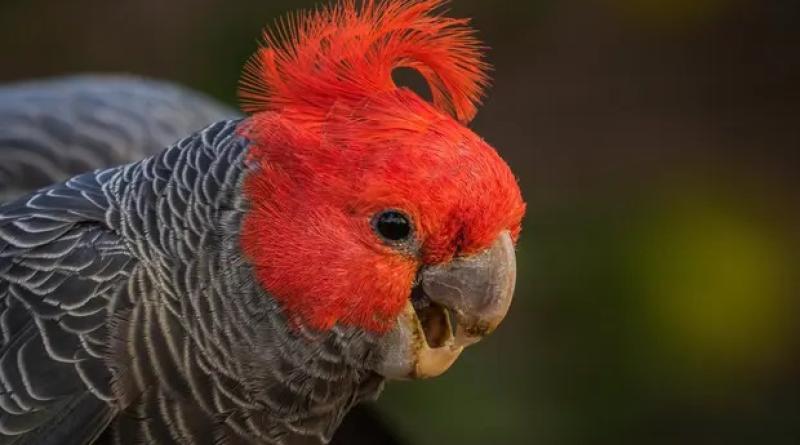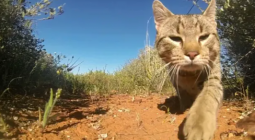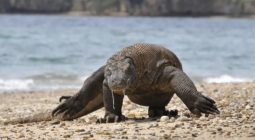Gang-gang cockatoo to become threatened species after large drop in bird numbers

Cockatoo populations reduced after 2019-20 bushfires with decline expected to continue as climate crisis causes increased heatwaves
The gang-gang cockatoo, the animal emblem of the Australian Capital Territory, will be officially listed as a threatened species after a large decline in its numbers due to the climate crisis and the bushfire disaster.
The environment minister, Sussan Ley, has accepted the recommendation of the threatened species scientific committee that the small cockatoo requires protection under Australia’s environmental laws.
In a letter to the ACT government, Ley wrote she had decided to list the bird in the endangered category – which means it is at high risk of extinction – and had also agreed a national recovery plan was required.
The listing follows the government’s recent decision to list the koala as endangered – up from vulnerable – after successive governments failed to turn around the much-loved animal’s decline.
Gang-gangs are small, grey cockatoos found throughout south-eastern Australia. The adult males are known for their distinctive red facial feathers. They are a common sight in Canberra, where they are often found in back yards in the inner suburbs and in nearby bushland reserves.
The bird is one of several plants and animals that required assessment after the 2019-20 bushfire disaster; a number of other species are also expected to be added to the threatened list.
The scientific committee wrote in draft advice last year that gang-gang populations had already declined by between 15% and 69% before the fires.
The bushfires affected 36% of the birds’ range, leading to an estimated further drop in numbers of 21%.
That decline was expected to continue because increased heatwaves and fire frequency as a result of the climate emergency were increasing pressure on the species across its range, with bushfires likely to reduce the amount of nesting habitat available to the birds.
Listing of the birds will mean developments likely to trigger a significant impact on the species must be assessed under national laws.
BirdLife Australia said it was a welcome move, but the organisation was “devastated to see a bird beloved by so many people in so much trouble”.
Holly Parsons, the manager of BirdLife’s urban bird program, which includes a gang-gang cockatoo recovery project, said the organisation’s monitoring had shown steep declines in the species since the 1970s.
“Even before the devastation of the 2019-20 fires, the species has been suffering immensely,” she said.
“With climate change only going to make things harder for this cold-climate bird, the government needs to step in and better protect this amazing bird and the native forests that provide essential nesting hollows in old growth trees.”
The ACT government will coordinate national recovery efforts after receiving funding from the federal government to establish a national working group.
The ACT environment minister, Rebecca Vassarotti, described the gang-gang as a “popular rascal” whose distinctive call was adored by the Canberra community.
“While we consider the ACT to be a stronghold for the species, the gang-gang is probably one of the least understood parrots in Australia,” she said.
“Preliminary results from collaborative research between the Australian National University and ACT government indicate there may be fewer gang-gangs in Canberra than was previously believed.”
She said the working group would develop multiple monitoring strategies to improve understanding of the distribution, density and abundance of gang-gangs across the east coast of Australia. This information would be used to help develop the recovery plan.
cover photo: Gang-gang cockatoos, commonly seen in Canberra’s suburbs and nearby bush reserves, are set to be listed as a threatened species. Photograph: Jonathan Steinbeck/Getty Images/iStockphoto





